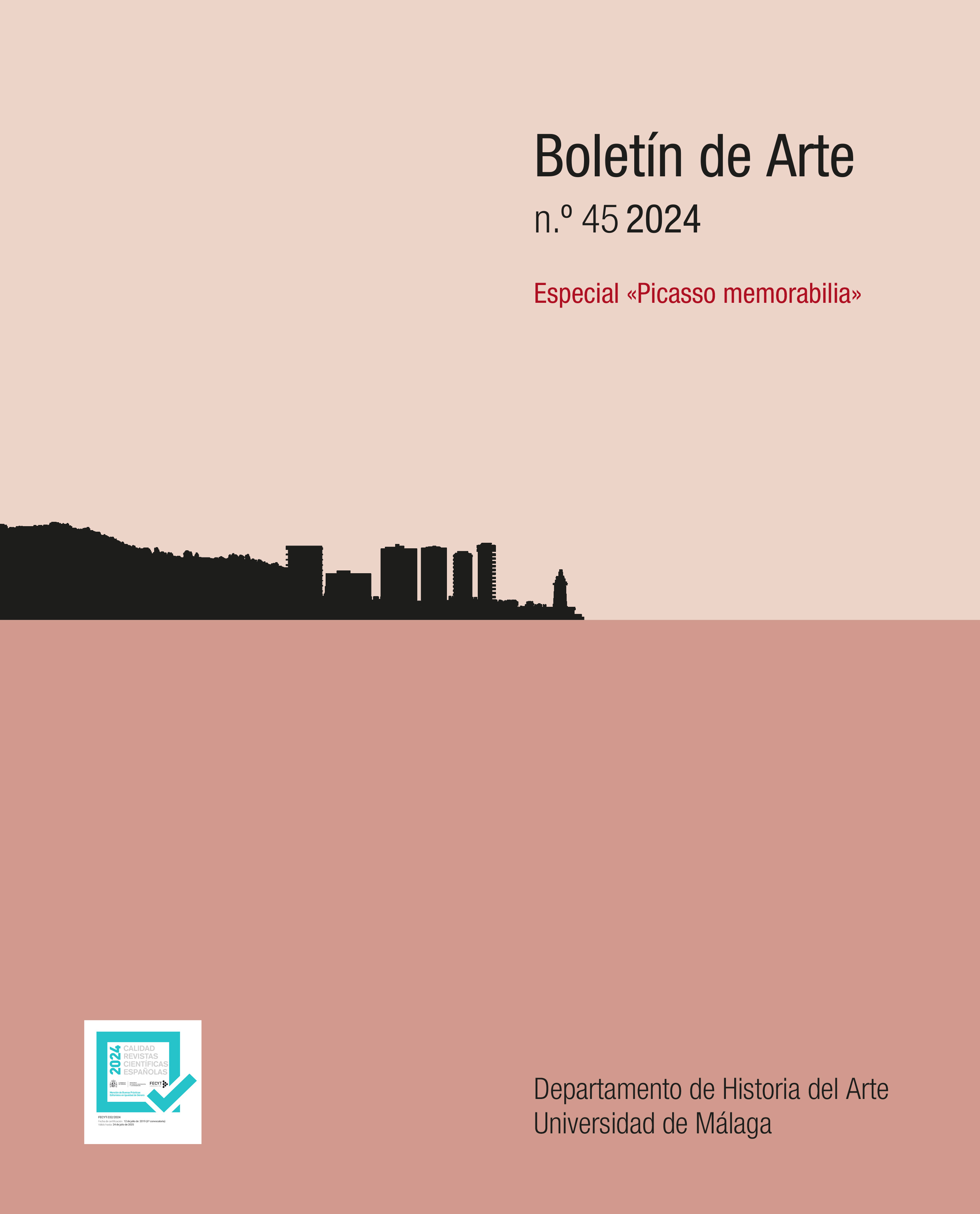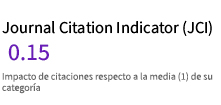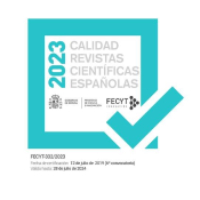Picasso in his Studio: Comparing Sculpture
DOI:
https://doi.org/10.24310/ba.45.2024.20116Keywords:
Picasso, Sculpture, Boisgeloup, Plaster cast, Antiquity, MouginsAbstract
This article takes as a starting point the plaster cast copies of two sculptures dating from Antiquity and the Renaissance periods visible in at least two of Picasso’s studios and which he never disposed of. One is a Greek sculpture of a female figure and the other, by Michelangelo, is one of two prisoners pertaining to the project for Pope Julius II’s tomb. For establishing the argument, a set of photographic records referring to two specific places and moments in the artist’s life –Boisegeloup in the 1930s and Mougins where he lived for the last twelve years before his death– will be considered and studied here. From that, we intend to address the inclination to the culture of the plaster cast copies and analyse their significance within a more complex approach to Picasso’s studios, his consideration as an artist, and especially as a sculptor in plaster.
Downloads
Metrics
References
BRASSAÏ (2006), Conversaciones con Picasso, Turner; Fondo de Cultura Económica, Madrid [1964].
BRASSAÏ (1982), L’artistes de ma vie, Denöel, París.
BRETON, André (1933), «Picasso dans son élement», Minotaure, n.º 1, pp. 9-37.
BUREN, Daniel (1979), «The Function of the Studio», October, vol. 10, pp. 51-58.
DE FONT-RÉAUX, Dominique (2001), «La rédecouverte des collections de moulages», en BERGDOLL, Barry (ed.), Le Musée de Sculpture Comparée. Naissance de l’histoire de l’art moderne, Éditions du Patrimoine Centre des monuments nationaux, París, pp. 26-33.
GONZÁLEZ GARCÍA, Ángel (2006), Alberto Giacometti, Polígrafa, Barcelona.
JARRASSÉ, Dominique y POLACK, Emmanuelle (2014), «Le musée de Sculpture Comparée au prisme de la collection de cartes postales éditées par les frères Neurdein (1904-1915)», Cahiers de l’École du Louvre, n.º 4, abril, pp. 2-20.
LABRUSSE, Rémi (2019), «La caverne», en DEBRAY, Cécile, LABRUSSE, Rémi y STAVRINAKI, Maria (dirs), Préhistoire. Une énigme moderne, Éditions du Centre Pompidou, París, pp. 146-147.
LAHUERTA, Juan José (2015), Religious painting, Picasso and Max von Moos, Edition Voldemeer Zürich, Zúrich; De Gruyter, Berlín.
LAHUERTA, Juan José (2023), «Julio González», en Ser artista. Julio González, Institut Valencià d’Art Moderno, Valencia.
LENDING, Mari (2013), «Proust and Plaster» AA Files, n.º 67, pp. 46-48.
LENDING, Mari (2017), Plaster Monuments: Architecture and the Power of Reproduction, Princeton University Press, Princeton, Oxford.
LENDING, Mari (2022), «Transient Permanence/Permanencia transitoria», Revista de Arquitectura, n.º 24, pp. 18-33 y 222-227.
MARCHAND, Eckart (2019), «Aby Warburg on plaster casts», Sculpture Journal, vol. 28, n.º 3, pp. 397-407.
MIKULINSKY, Alma (2018), «An Art without Past or Future: The Summer Retrospective», en BORCHARDT-HUME, Achim; IRESON, Nancy (eds.), Picasso 1932. Love, Fame, Tragedy, Tate Publishing, Londres, pp. 116-120.
RECHT, Roland (2001), «Le moulage et la naissance de l’histoire de l’art», en BERGDOLL, Barry (ed.), Le Musée de Sculpture Comparée. Naissance de l’histoire de l’art moderne, Éditions du Patrimoine Centre des monuments nationaux, París, pp. 46-53.
REIJNDERS, Frank (2013), «The Studio as Mediator», en ESNER, Rachel et al. (eds.), Hiding Making - Showing Creation: The Studio from Turner to Tacita Dean, Ámsterdam University Press, pp. 136-156. En: <http://www.jstor.org/stable/j.ctt6wp7vb.13> (consultado: 1-09-2023).
RIEGL, Aloïs (1987), El culto moderno a los monumentos, Visor, Madrid [1903].
WAGNER, Monika (2013), «Studio Matters: Materials, Instruments and Artistic Processes», en ESNER, Rachel et al. (eds.), Hiding Making - Showing Creation: The Studio from Turner to Tacita Dean, Ámsterdam University Press, pp. 31-41. En http://www.jstor.org/stable/j.ctt6wp7vb [31 agosto 2023].
ZERVOS, Christian (1932), «Picasso», Cahiers d’art, n.º 3-5, pp. 85-88.
Downloads
Published
How to Cite
Issue
Section
License
Copyright (c) 2024 Rocío Robles Tardío

This work is licensed under a Creative Commons Attribution-NonCommercial-ShareAlike 4.0 International License.
Todos los contenidos publicados en la revista Boletín de Arte están sujetos a la licencia Creative Commons Reconocimento-NoComercia-Compartirigual 4.0 cuyo texto completo puede consultar en <http://creativecommons.org/licenses/by-nc-sa/4.0>

Los/as autores/as cuyas contribuciones sean aceptadas para su publicación en esta revista conservarán el derecho no exclusivo de utilizar sus contribuciones con fines académicos, de investigación y educativos, incluyendo el auto-archivo o depósito en repositorios de acceso abierto de cualquier tipo.
La edición electrónica de esta revista esta editada por la Editorial de la Universidad de Málaga (UmaEditorial), siendo necesario citar la procedencia en cualquier reproducción parcial o total.











4.png)
